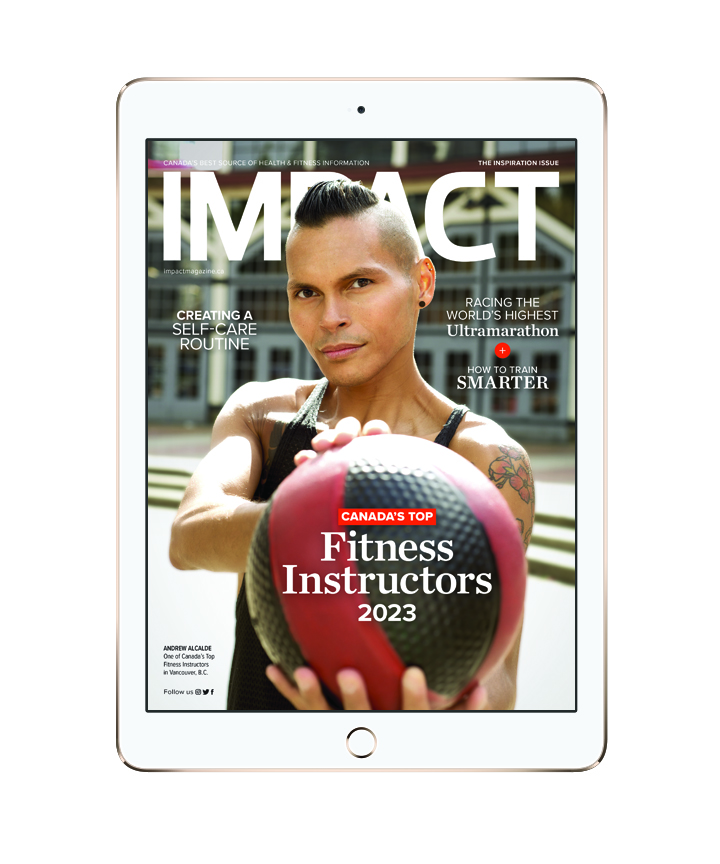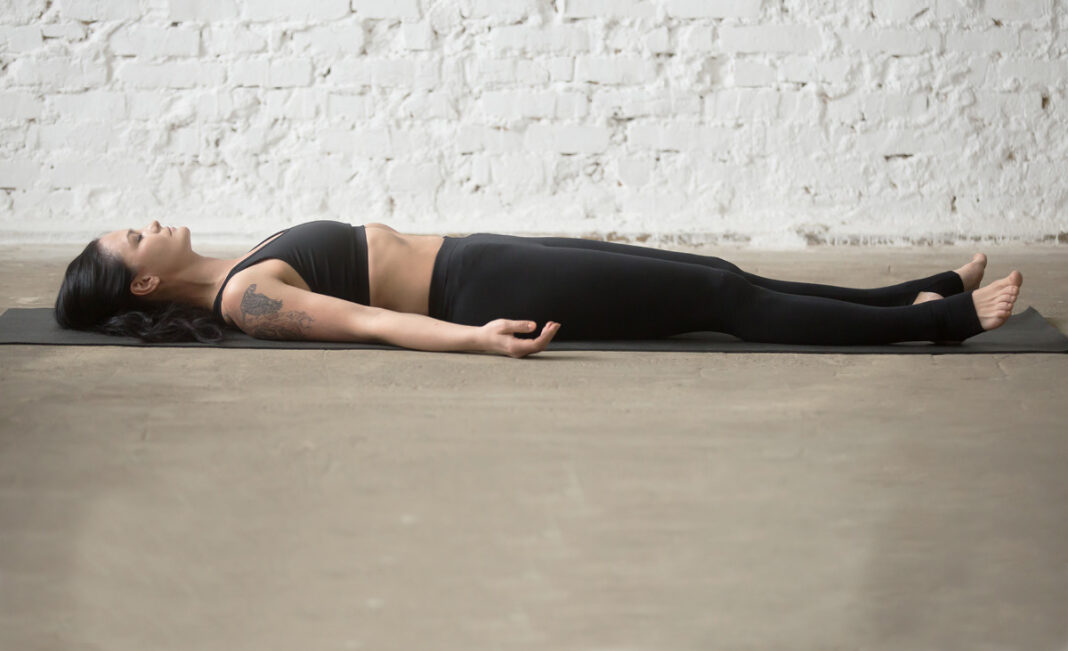If you have stepped into a yoga studio lately, you have likely experienced or at least heard of yoga nidra. Many studio aficionados will be familiar with the short relaxation pose known as Savasana (Sanskrit for corpse) that comes at the end of a yoga series of poses. This is an abbreviated form of yoga nidra where you lie still for several minutes to absorb the health-inducing benefits of the yoga practice you just completed.
Yoga nidra, or yogic sleep, is a guided, lying-down version of meditation. This is a welcome form of meditation practice for those who struggle with facilitating the practice for themselves, as well as the discomfort of traditional seated forms of meditation.
Yoga nidra is also a healing practice because it mimics sleep, which is the body’s optimal state for rejuvenation through muscle repair, memory consolidation, enhanced immune function, weight and mood regulation, and more.
The effectiveness of the practice begins by setting a clear intention, be it for stress reduction, health, mindful meditation or spiritual insight. Then you may be invited to visualize yourself in a place of sanctuary, imagining whatever images, memories or sensibilities that invoke a feeling of ease and safety. Next, you will go through a body scan from head to toe (or toe to head, as the case may be), feeling the sensations of each body area. This efficiently triggers a relaxation response through the neuro-muscular system, which also has the beneficial effect of effortlessly quieting the mind.
The practice continues with a simple breathing pattern that is designed to further invoke a deeper sense of ease. For those who suffer from chronic stress, anxiety, pain or insomnia, this can offer a profound sense of relief.
Once the foundational experience of ease is established, yoga nidra can also be used to mindfully work with challenging thoughts, emotions or symptoms. In this way, what used to seem too overwhelming or insurmountable to address, can be approached from a place of calm. This portion of the practice can be accomplished through a variety of means that include guided imagery, the experience of opposites, or bridging challenging emotions with the sensations of inner peace and calm.
In the later stage of the practice, one is invited to experience the emotional qualities of contentment, pleasure, joy and even bliss, as a way to elicit the body’s natural “happy hormones” that are known to instill an overall sense of well-being while reducing inflammation, pain, anxiety and depression. This is often evoked by simply recalling or imagining people, places or events that draw forth these emotions and accompanying sensations.
There are many forms of yoga nidra, each having approximately eight to 10 steps or stages to move through. Each stage builds upon the last so as to gently lull the practitioner into a deepening state of relaxation, well-being and receptivity. This allows a shift out of our normal waking state of beta brain wave, in which mental activity dominates, into at least alpha brain wave or deeper.
In alpha brain wave, relaxation dominates and our normal limited sense of self can recede into the background so that a greater sense of wholeness and new possibility can rise into the foreground of our experience. The deeper stages of the practice open into theta brain wave, in which our bodies’ healing processes are optimized. Once the mind is quiet, we may enter into gamma brain wave, in which we are more likely to experience states of profound insight, universal love and expanded consciousness
Yoga nidra is a full-spectrum meditation that begins by invoking a basic experience of relaxation and mindful presence, which can then instill a sense of emotional harmony, resilience and heightened joy. Ultimately, yoga nidra is designed to bring us to the recognition of our most essential nature as abiding peace and wholeness, regardless of life circumstances. It is a practice
for our time, for a planet in need of peace.
Eight-Step Yoga Nidra Audio Sampler:
- Settle yourself into a comfortable position seated or lying down, with eyes open or closed. As you’re settling in, consider your intended outcome for the practice: reduced stress, enhanced well-being, mindful presence, etc. Turn it into a one-sentence affirmation in the present, such as: I am radiantly healthy and happy.
- Imagine yourself in a beautiful and quiet sanctuary, surrounded by aspects of nature or objects of comfort that instill a feeling of peace and ease. Notice soothing colours, textures, sounds or smells that contribute to the felt sense of well-being. You can come back to your sanctuary as a place of retreat at any time in the practice or in your life.
- Slowly scan your body from toes to head, feeling the sensations of each body area as you go. Notice each area spontaneously relax as you feel it. Then feel your whole body at once.
- Begin to gently slow down and lengthen your breath. Bring your inhalation all the way down into the lower lobes of your lungs, for the most efficient oxygen exchange. See if you can make your exhalation just a little longer than your inhalation.
- Feel your body as heavy and sinking down into the surface underneath it. Then feel your body as light and spacious. Go back and forth a few times with each opposite. Then feel both heavy and light at once. Notice how you feel with each step.
- Notice any thoughts or emotions that may arise, without engaging them. Mindfully let them come and let them go. Notice and enjoy the space between thoughts.
- Recall or imagine a person, place, thing or event that evokes a sense of contentment or joy, love or gratitude. Feel the pleasure of the positive emotions that arise as a result. Don’t be in a rush. Linger in this feeling for a while.
- Recall the intention for the practice that you set at the beginning and imagine and feel and affirm it as true now. Transition out of the practice slowly, by gradually opening your eyes, enjoying a simple stretch in your arms and legs, and feeling the benefits of the practice.
You May Also Like 7 Yoga Poses For Sleep

Read This Story in Our 2023 Inspiration Issue
Read about our 2023 Canada’s Top Fitness Instructors – our top 30 from across Canada! How to Train Smarter in 2023, Yoga Nidra for What Ails You, Racing the World’s Highest Ultramarathon, our favourite plant-based recipes and more!














